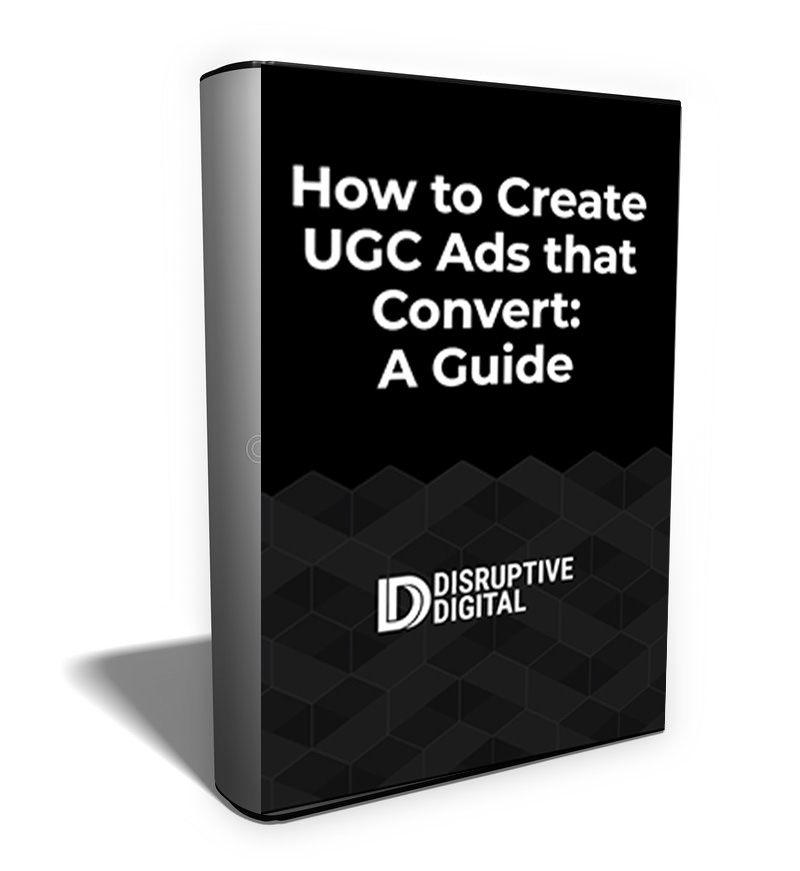The ROAS Mirage: Why Attribution Isn’t Enough Anymore
Let’s face it — ROAS (Return on Ad Spend) is no longer the silver bullet it once was. Blended numbers are murky, platform attribution is biased, and last-click models grossly underestimate marketing’s real contribution.
Yet, leadership still wants to know one thing:
“Is this working?”
If you’re tired of defending performance with incomplete data, it’s time to embrace a smarter framework: incrementality testing.
What Is Incrementality Testing?
Incrementality testing measures what would have happened if your marketing didn’t exist.
It isolates the true impact of your campaigns by comparing exposed audiences against clean control groups—something ROAS or platform dashboards can’t do.
While ROAS tells you “how much revenue came after an ad,” incrementality tells you “how much of that revenue was because of the ad.”
This method provides the clarity needed to:
- Prove the real value of your campaigns
- Justify spend to CFOs or skeptical stakeholders
- Identify waste in underperforming channels
- Prioritize efforts based on actual contribution, not just attribution
Why Marketers Need Incrementality Now More Than Ever
Here’s what’s changed:
- Attribution windows are shrinking. Apple, Google, and Meta all limit lookback periods and tracking depth.
- Cross-device behavior is harder to track. One user can interact on three platforms and never be tied to one journey.
- Platforms over-credit themselves. Run the same campaign on three channels and all three will claim the win.
As paid media gets more complex, incrementality testing cuts through the noise.
Types of Incrementality Tests You Can Run
There are several ways to structure an incrementality test. Choose based on your scale, tech stack, and business maturity.
1. Geo Holdout Tests
Withhold ads from a specific geographic region (e.g., a few zip codes or cities) while running campaigns in the rest. Compare conversions between test and control regions.
Best for: eCommerce, national brands, retailers with regional sales volume
Caution: Works best when markets are similar in demographics and seasonality.
2. Conversion Lift Tests (Platform-Level)
Many platforms (Meta, Google Ads, TikTok) now allow conversion lift testing that randomize users into exposed and unexposed groups.
Pros:
- Easy to implement
- Clean isolation of campaign impact
Cons: - Limited to what platforms allow
3. Time-Based Pauses
Temporarily pause campaigns for a set period and measure the drop in conversions.
Warning: This is high risk and should only be done if you can afford a temporary hit.
Also, external factors (seasonality, sales, press) can muddy results.
What to Measure in an Incrementality Test
It’s not just about revenue. The best tests measure behavioral impact as well:
- Lift in conversions or purchases
- Brand search volume increases
- View-through impact (from impressions to site visits)
- Email signups, app installs, or other soft conversions
Use multiple KPIs to build a full picture of impact—especially if you run upper-funnel campaigns that don’t convert immediately.
Getting Leadership Buy-In: Speak Their Language
CFOs and execs don’t care about clicks or CPMs. They care about outcomes. That’s why incrementality testing is your best tool for boardroom buy-in.
Frame your findings like this:
- “Without this campaign, we would’ve missed 1,200 purchases.”
- “This test proved a 19% lift in net-new revenue.”
- “Email retargeting added $27K in incremental profit over 14 days.”
Position your marketing not just as cost, but as profit-generating investment.
Tools to Help You Run Tests
If you’re not ready to build these tests manually, several tools and platforms can help:
- Measured – full-funnel incrementality modeling
- Rockerbox – multi-touch attribution with incrementality layers
- Meta Experiments – platform-native conversion lift testing testing
- Google Ads Experiments – conversion lift testing within Google’s ecosystem
For smaller brands: Start with manual geo or time-based holdouts and a clean spreadsheet to measure the lift.
Final Thoughts
In the world of performance marketing, ROAS is no longer the end-all-be-all metric.
If you want to truly understand what’s working and defend your budget with confidence, incrementality testing is no longer optional—it’s essential.
It’s time to stop guessing what’s driving performance and start proving it.
ROAS is dead. Long live incrementality.






